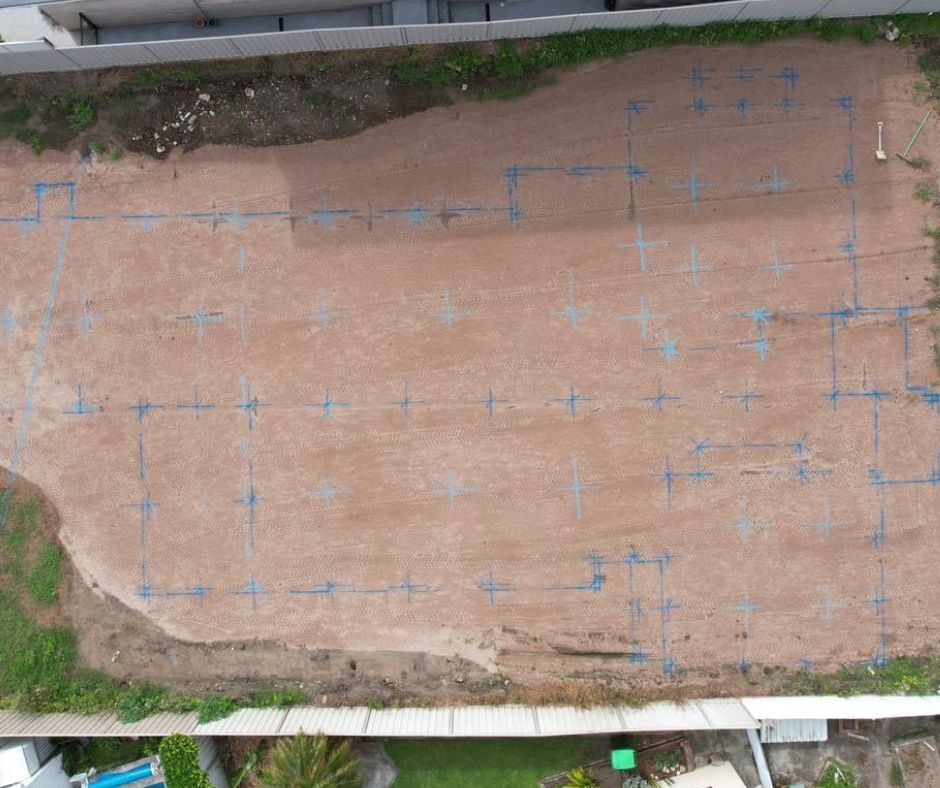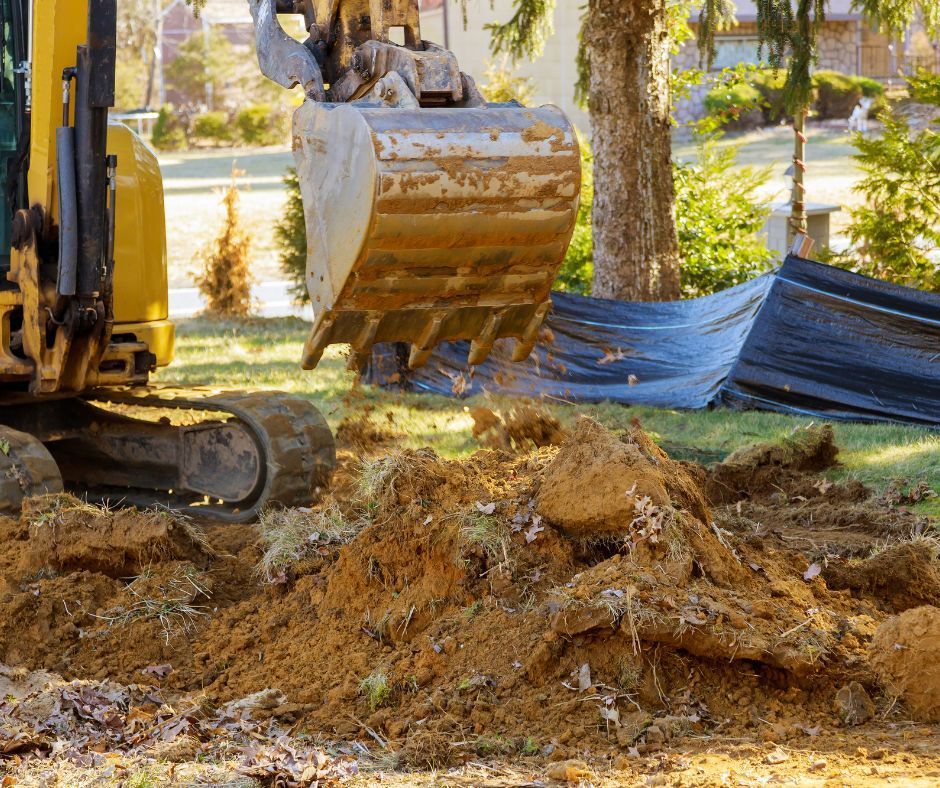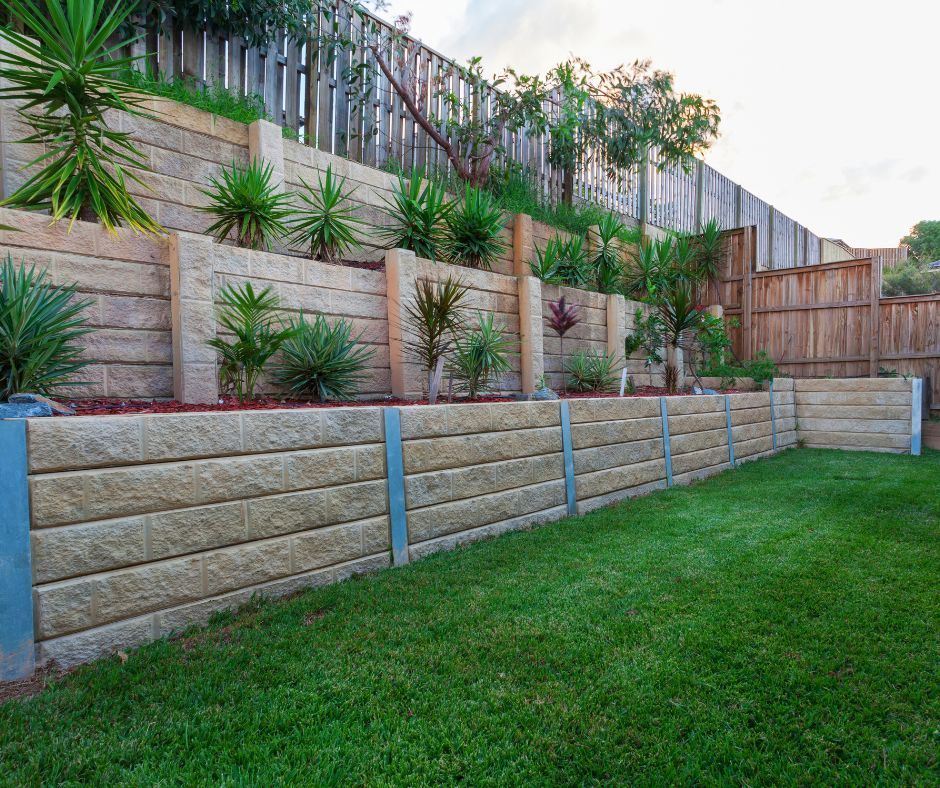Reliable Screw Pier for Remote Location Installations
Building in Australia’s remote and rugged landscapes is no small feat. From outback research stations to coastal hideaways, traditional concrete footings often aren’t an option. That’s where screw piers step in. Also known as helical piers, they’re fast to install, adaptable to tough ground and dependable in places where concrete trucks and heavy machinery can’t reach.
What Is A Screw Pier and Are They Any Good For Remote Location Builds?
A screw pier is a steel shaft with helical plates that is screwed into the ground to act as a footing. Once installed, it provides immediate load-bearing capacity for structures.
For remote projects, they tick all the boxes. There’s no waiting for concrete to cure, no need for bulk excavation and far less gear to move across long distances. They give stable foundations without holding up your project.

Advantages of Helical Piers in Remote Location Construction
Remote projects demand strong foundations that can be installed quickly and with minimal disruption. Utilising the screw pier for remote location construction offers numerous benefits, such as:
1. No need for concrete
Concrete is heavy to transport and slow to cure. Screw piers cut both problems out, saving time and money.
2. Minimal excavation
Large diggers aren’t needed for installation. This keeps the ground undisturbed and reduces environmental impact.
3. Quick installation
Piers are screwed in fast into the ground and ready for action without the delays of curing concrete. This is a major advantage when deadlines are tight.
4. Reduced site disturbance
Remote locations often mean sensitive ecosystems. Screw piers protect native vegetation and minimise ground damage.
5. Immediate load-bearing capacity
Once they’re in, they’re ready to build on. No waiting around for curing or settling.
6. Versatility across soil types
From sand to clay, screw piers adapt well. This makes them reliable across Australia’s varied ground conditions.
7. Ideal for tight access
Small machinery can be used to install screw piers. That makes them perfect for bush tracks, coastal paths or narrow sites.
8. Easier logistics
There’s no need for constant truck deliveries. With fewer materials to haul, transport challenges are reduced.
9. Reusable and removable
For temporary projects, screw piers can be taken out and reused. This makes them both cost-effective and environmentally friendly.
10. Consistent performance in challenging climates
From scorching outback heat to salty coastal air, screw piers hold firm. Their reliability in harsh conditions is proven across industries.
Disadvantages of Remote Area Screw Pier Builds
While screw piers solve many challenges, they are not perfect. It’s worth knowing the downsides before committing to this foundation method.
Cost per unit can be higher
A helical pier used in remote location projects can be a bit more costly per footing. This is due to specialised materials and installation equipment.
Requires specialist knowledge
Screw piers must be installed by trained professionals. Without expertise, there’s a risk of poor load capacity or misalignment.
Access to experienced installers in rural areas may be limited
Finding an experienced crew can be tricky in remote zones, especially for projects involving tight access excavation. This may delay work or increase travel costs.
Not ideal if the site has hard rock beneath surface
If rock lies close to the surface, piers cannot be driven in effectively. In such cases, alternative foundation methods are needed.
Regulatory compliance may vary by council
Some councils have strict rules about pier use and may require a specific permit. Always check local requirements early to avoid delays in approvals.
Best Practices for Installing Screw Piers for Remote Location Projects
Opting for screw pier installation for a property in a remote area right takes more than the right gear. Careful planning and expert oversight make all the difference.
Professional site assessment
A site check confirms whether screw piers are viable. It also sets the scope for design and installation.
Comprehensive soil testing
Soil reports show whether screw pier installation is feasible or not. They also guide the depth and type of pier required.
Accurate load computation
Structural loads must be calculated upfront. This ensures the foundation matches the demands of the build.
Engaging with certified installers
Specialist training is essential for correct installation. Avoiding unqualified crews protects safety and compliance.
Planning access for machinery
Remote sites may only allow light-duty equipment. Clear access paths prevent delays and costly detours.
Weather monitoring
Extreme conditions can affect both access and stability. Keeping an eye on forecasts helps avoid downtime.
Material and equipment staging
Transporting supplies into remote areas takes planning. Having everything ready reduces wasted trips.
Post-installation inspection
Final checks confirm the piers meet design and safety standards. This step locks in long-term performance and council compliance.
Applications of Helical Piers in Remote Locations
Helical piers are used across industries where traditional footings are too slow or impractical. Their versatility makes a screw pier remote location project a smart choice for rugged builds.
Remote holiday cabins
Lightweight structures like cabins need stable footings. Screw piers provide strength without damaging natural landscapes.
Outback telecommunications towers
Towers demand solid foundations in harsh soil. Piers give reliable load support with minimal excavation.
Mining and resource site facilities
Temporary site buildings benefit from removable piers. They cut delays and keep projects on schedule.
Eco-resorts and glamping pods
Tourism sites favour low-impact foundations. Screw piers protect the environment while keeping structures secure.
Water tank platforms
Tanks must sit level and stable. Piers prevent sinking or shifting on soft ground.
Solar panel arrays
Fast-growing solar projects rely on quick installs. Helical piers allow frames to be built without curing delays.
Rural bridges or walkways
Piers provide durable footing in flood-prone zones. They keep structures safe without major land disturbance.
Agricultural storage sheds
Farmers use screw piers for fast shed installations. They suit mixed soil conditions and save time on builds.
Remote research stations
Scientists need reliable infrastructure in rugged zones. Screw piers deliver stable bases for labs and equipment.
Bushfire rebuilding projects
Speed is critical after a disaster. Piers enable fast, strong foundations for recovery housing and facilities.
Should You Consider Screw Piers in Remote Areas?
Screw piers are a smart option, but they’re not a one-size-fits-all solution. Their suitability depends on the type of project, soil conditions and how accessible your site is.
Project type
They’re best for structures that need quick, low-impact footings. Cabins, solar farms and temporary facilities gain the most benefit.
Soil condition
Screw piers thrive in a wide range of soil types, including sand, clay and mixed ground. Sites with shallow hard rock, however, may call for alternative solutions.
Location logistics
Remote area screw pier jobs often mean transport challenges. With less gear to move and no concrete curing, piers are ideal where logistics are tough.
Building Strong Screw Piers for Remote Locations with MRN Excavations
When your project calls for strong foundations in tough locations, MRN Excavations is the trusted partner you need. Our team delivers tailored solutions that keep remote builds on track.
Proudly servicing Sydney, Campbelltown, Wollongong and Nowra, our team brings proven experience across bush, coastal and outback zones. Whether it’s a cabin, solar farm or mining facility, we design and install piers that are built to last.
If you’re planning a remote project or need expert advice on screw piers, we’re here to help. Give us a call today and let’s get your foundation right from the start.



